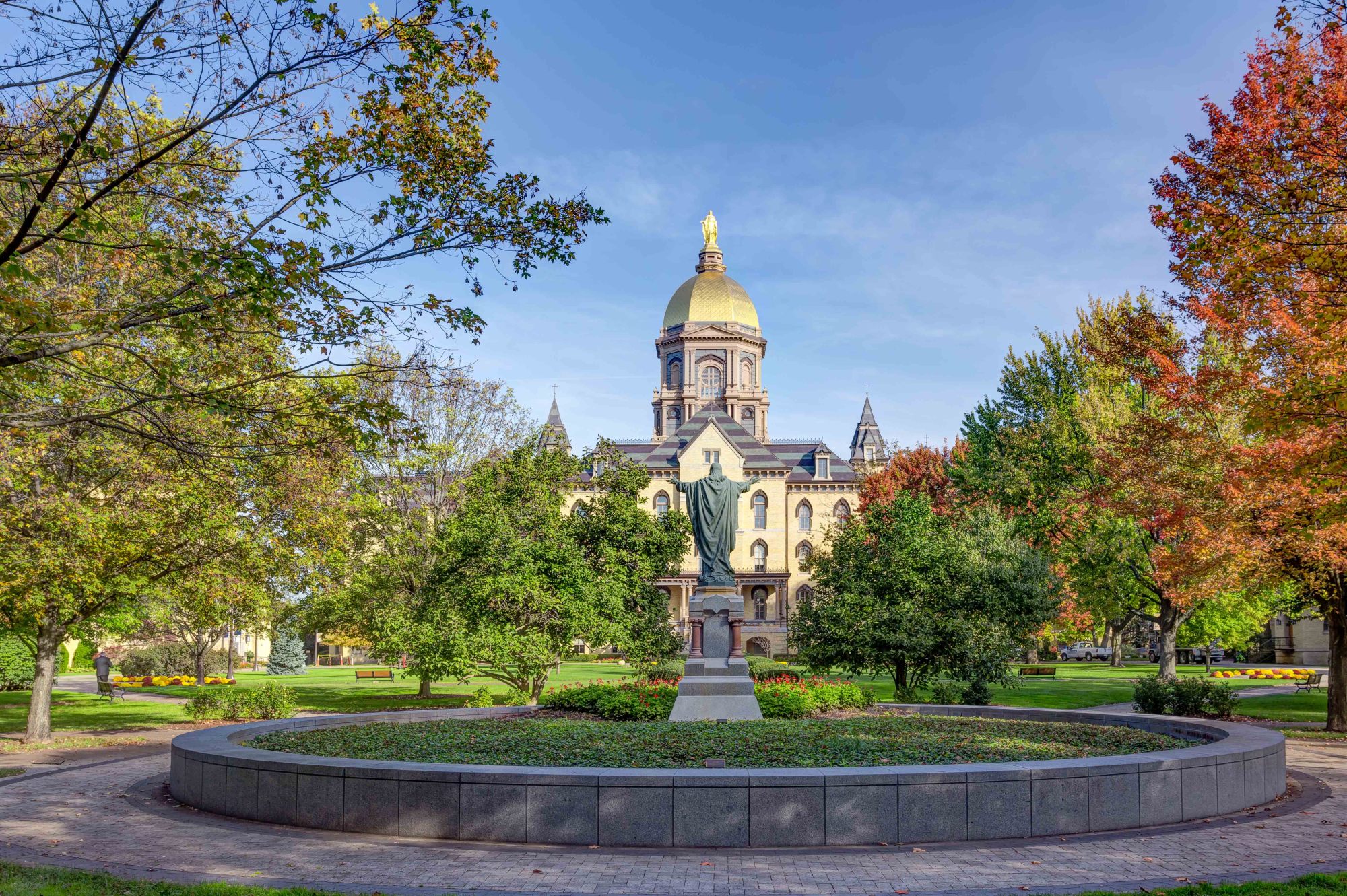Free college sounds like a great idea, when you first hear the words. That might be why Bernie Sanders was able to whip up so much enthusiasm around the idea in his 2016 U.S. presidential bid, and is still campaigning for it to this day. For anyone who has had to pay sky-high tuition at a big-name university, or dealt with the crushing weight of student loans, those two magical words must seem like a rope being thrown down from heaven.
But the dream of free college is a mirage. While much needs to be done to fix the United States' overpriced university system and deliver the bounties of higher education to more people, plans like Sanders's — which would eliminate tuition at all public universities — are not the way to do it.
One problem, which many others have pointed out, is that free college would disproportionately benefit the wealthy and upper-middle class. An analysis by researcher Matthew Chingos for the Brookings Institution found that students from higher-income families tend to go to schools where tuition is higher, whereas students from more disadvantaged backgrounds tend to go to cheaper in-state schools and community colleges.

















With your current subscription plan you can comment on stories. However, before writing your first comment, please create a display name in the Profile section of your subscriber account page.